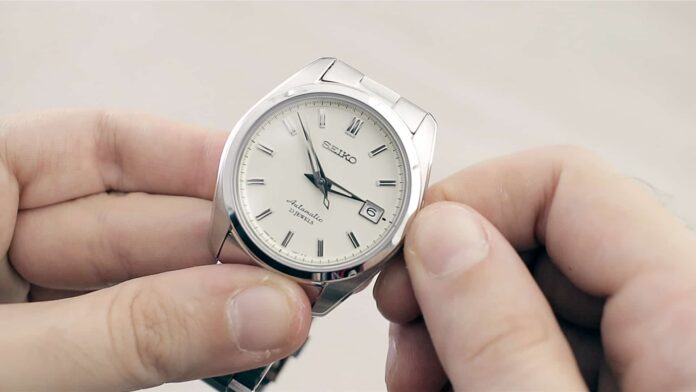Timepieces are a classic accessory to accompany any wardrobe, but for those who wear automatic watches, precision can quickly fade if the watch is not given the special care it requires. To ensure accuracy, it is essential that the winding mechanisms of an automatic watch are regularly maintained.
This article will delve into the importance of winding and maintaining an automatic watch, outlining what happens when they are either wound or left neglected.
Definition of an Automatic Watch
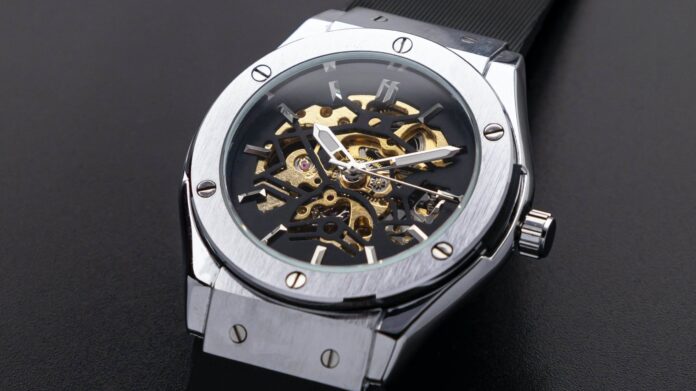
An automatic watch is a mechanical timepiece that is powered by the regular motion of the wearer’s wrist. This motion of the wearer’s movement serves to “wind” the watch by rotating its internal weights in order to store power within the case for its operation. Automatic time tellers use two different techniques to wind during wear – “bidirectional winding” and “semi-bidirectional winding”.
Bidirectional models, also known as bi-directional rotor type, rotate their weight in both clockwise and counterclockwise directions when it moves along with the user’s movements. This ensures regular winding and allows for maximum efficiency as it winds itself in both directions.
Semi-bidirectional models typically rotate only one-half of their oscillating weight, typically unidirectionally (in either a clockwise or counterclockwise direction) depending on the orientation of the rotor itself when under normal operating use. Because they are not able to wind bidirectionally, they must be wound manually on occasion in order to be sure that they remain fully wound.
Benefits of Regularly Winding Your Time Teller
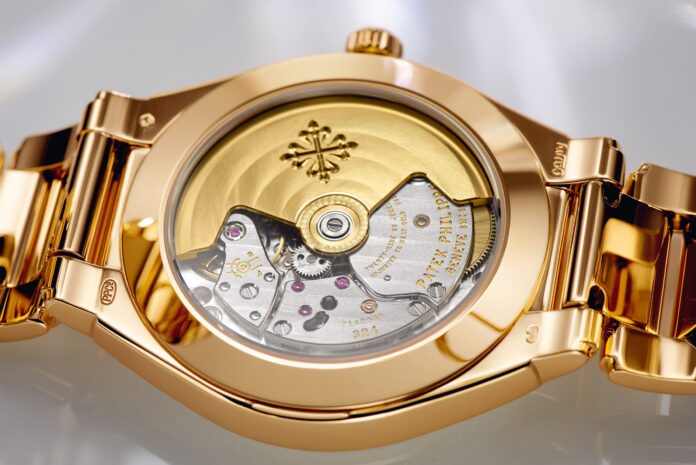
Winding automatic watches requires very little effort – all you need to do is turn the crown several times in a clockwise direction, rather than just leave the watch on the wrist or placed it in a drawer. Doing so provides the watch with enough energy to keep functioning throughout the day so that the internal components such as hands, gears, balance springs, and escapement can work together harmoniously. Not only does regularly winding an automated model help it gain power more efficiently, but also prevents any wear and tear within these components that can occur if left to run down.
However, when you wear an automatic watch all hours of the day, the main spring opens at a much slower rate and therefore cannot transfer power properly since not enough motion is generated. Regularly winding up your watch allows all of its intricate parts to work in perfect synchronization with each other hopefully resulting in more accurate timekeeping with minimal variations over time.
Lastly investing in the proper care of your automatic will affect its value over time as often assessed by collectors – should you choose one day to sell yours on. Regularly wound-up watches are kept in better condition typically meaning less worn components or untightened screws which raise point scores and thus increase sale price substantially! Ultimately proper maintenance will transform your cherished automatic from one generation of the owner to another – taking timeless memories along for every journey!
How to Do it?
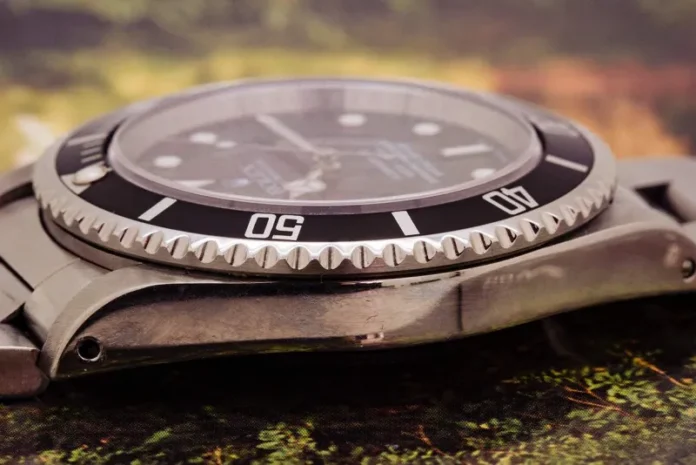
There are two main types of winding often seen today: Unidirectional and Bidirectional watches.
Unidirectional Automatic Watch Winding – To wind a unidirectional automatic model, you can typically turn the crown clockwise only; doing so will ensure efficient energy storage with minimal wear and tear on the mainspring. As you continue to turn the crown clockwise, you should feel a slight resistance as the mainspring begins to wind up tighter and tighter with each full rotation.
Bidirectional Automatic Watch Winding – For bidirectional winding, it is best to rotate in both directions (clockwise first and then counterclockwise) for efficient winding of the mainspring power reserve. You should also feel a certain amount of resistance as the spring winds up, typically like a clicking or clicking feeling when turning in either direction.
Regardless of whether your automatic watch is uni- or bi-directional wound, be sure not to overwind it as this could cause internal damage/wear to your watch’s movement components like its gear train, main plate, jewels, and balance wheel assembly. Be cautious not to exceed four full rotations (or three if your watch has just been serviced).
Additionally, be mindful when setting features such as date changeovers or other complications that require changing gears within your watch’s movement which may require extra torque provided by unscrewing/screwing down on your crown more than usual when operating such features depending on how tight/resistant they are when trying to engage them–this holds true for manual-wound mechanical watches too!
The Impact of Not Winding an Automatic Watch
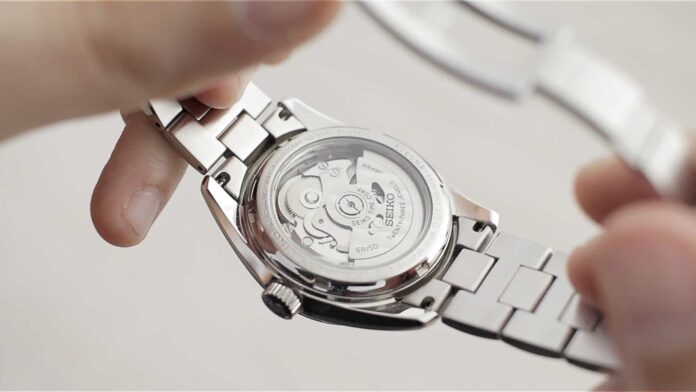
If you neglect to wind the watch regularly, there can be a variety of impacts on its performance and long-term function.
- If not wound regularly, the power reserve will deplete quickly. A power reserve indicates how long the watch can run without being wound again; if it runs out of energy too soon due to lack of winding, you have no guarantee that your timepiece will still be telling time accurately when you need it to. As a result, you may experience extreme loss of accuracy over short periods if you don’t wind the watch often enough.
- Because automatic movements are lubricated with oils that decrease in viscosity over time due to wear and tear (as any moving parts do), winding keeps the oils in motion so that they remain thicker and thus prevent further wear on the movement’s gears or any other components. Lack of regular winding can cause accelerated deterioration of your watch’s components which can lead to expensive repairs being necessary sooner than expected or even render certain components irreparable altogether.
Conclusion
In conclusion, winding automatic time tellers regularly is an important part of preserving their precision over time. It helps to maintain the power reserve and accuracy of the timer and ensures that it is working in proper order. Although a watch can continue to be used without being regularly wound, doing so significantly lengthens its life.
Therefore, winding should be done at least once a week to ensure the optimal performance of your watch and preserve its precision for years to come.
